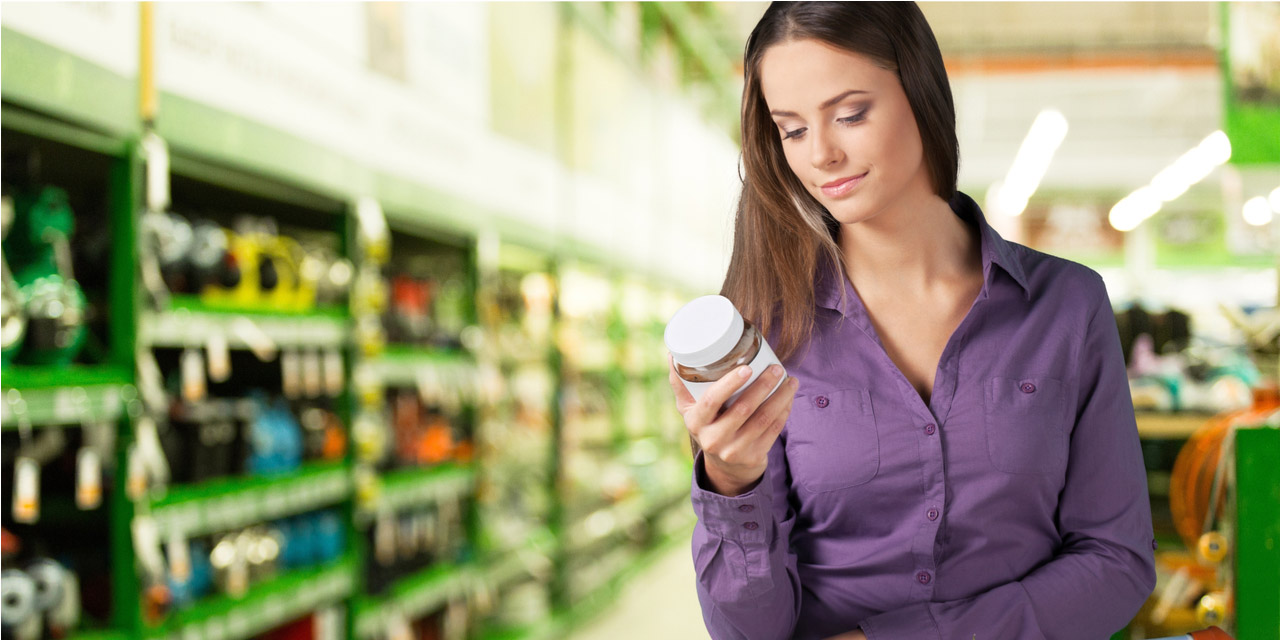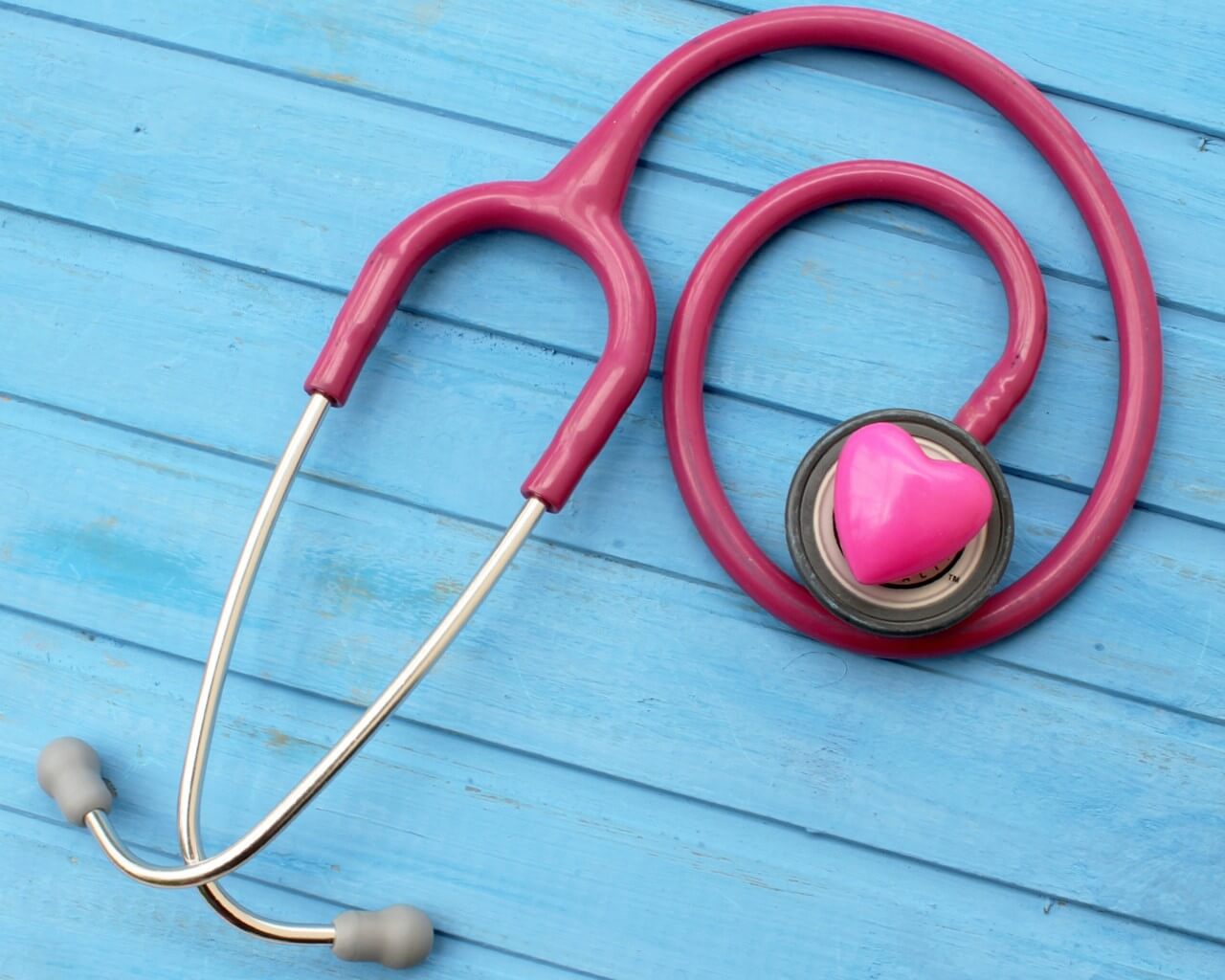Below are some of the most frequently asked questions in relation to food labels, how to understand them, and how to be guided by them.
1. Back of Pack Labelling
Back of pack labelling is mandatory and must contain the following information by law:
- Energy, kJ / kcal
- fat
- of which saturates
- carbohydrates
- of which sugars
- protein
- salt
All of this must be expressed as per 100g/100ml.
2. Ingredients List
Must be listed by majority ingredient in descending order. Look out for multiple types of sugar. Manufacturers can avoid listing sugar as the first ingredient by using multiple forms of sugar.
3. Front of Pack Labelling
There are two systems in use for front of pack labelling. There is the percentage reference intake (%RI) and there’s a traffic light system. Neither is mandatory, so you may not see these on any products. Here’s how to make sense of it.
Four nutrients: Fat, saturates, sugars, and salt.
- Red: Consuming a serving of this product will provide high amounts of nutrient
- Amber: Consuming a serving of this product will provide moderate amounts of nutrient
- Green: Consuming a serving of this product will provide acceptable amounts of nutrient
4. What’s the difference between salt and sodium?
Salt labelling is mandatory in Ireland and is always expressed as ‘salt’. Some products, however, especially if imported, may sometimes be written as ‘sodium’. Adults should eat no more than the maximum of 6g of salt a day – that's around one teaspoon for the entire day. As this is an upper limit, not a target to reach, the lower you fall below that, the better. Salt figures on all packaging appear as grams.
Salt is composed of sodium chloride. Sometimes, food labels only give the figure for sodium, and the figure is in mg instead of g.
- High is more than 1.5g salt per 100g and will be colour-coded red.
- Moderate is 0.3g-1.5g per 100g and will be colour-coded amber.
- Low is 0.3g salt or less per 100g and will be colour-coded green.
Tip: Particular foods to look out for. The number one culprit for added salt is bread. Many popular ‘healthy’ soda breads can contain 1g of salt per slice, so a serving (2-3 small slices of soda bread) could see you hitting half your daily salt intake alone.
5. What’s the difference between carbohydrates and ‘of which sugars’?
Carbohydrate is made up of sugars, fibre, and starch. Your back of pack label will tell you the total amount of carbohydrate, and then it will break it down into ‘of which sugars’, highlighting the total content of sugars.
- high – over 22.5g of total sugars per 100g
- medium - between 5g-22.5g of total sugars per 100g
- low – 5g of total sugars or less per 100g
However, ‘Of which sugars’ describes the total amount of sugars from all sources - it doesn’t discriminate between added sugars and intrinsic sugars. For example,
- an unsweetened Greek yogurt may contain 6g total sugars - this is not added sugar, because when you check the ingredient list, it says: Ingredients: skimmed milk, cultures. Therefore, no sugar has been added, so you can deduce that this 6g of sugar is intrinsic sugar. Milk’s primary intrinsic sugar is lactose
- individual portions of fresh fruit salad may contain 20g of total sugars, all of which are naturally present within the cellular structure of the fruit (rather than added).
This means that food containing fruit or milk may be labelled amber or red. That’s where you need to scan the ingredients to tell if the food contains added sugars. If it does not, this can be considered intrinsic sugar. Intrinsic sugar is not the priority when reducing your sugar intake. Added sugar is. Therefore, concentrate on removing products like fizzy drinks / sugar-sweetened beverages, sweets, jellies, cakes, biscuits, breakfast cereals, hazelnut cappuccinos, caramel lattes, and honey drizzled on porridge or added to teas.
6. Fat, of which saturates
It’s possible to tell from your nutrition label how much saturate fat is in your packaged food and always aim for less than 1.5g per 100g. Anything over 5g per 100g is high in saturated fat.
7. Sugars and Sweeteners
Sugars can be analysed from the ‘of which sugars’ section of your food label, but sweeteners can not. They are generally energy free, and therefore will only appear on the ingredients list. While sweeteners are a helpful substitute for sugar as part of a calorie-controlled diet, or for diabetics looking to balance their blood sugar, sweeteners can often provide up to 1000 times the ‘sweetness’ detected by the taste buds, and continue or even exaggerate a dependency on that sweet taste. Sweeteners cannot be broken down by the digestive system and will often cause laxative effects if eaten in significant amounts. Most sugar-free products will warn of this fact on their packaging.
8. Fibre
It is important to get over 30g fibre a day; population studies show that most of us only reach half that amount in a day. Aim for >6g fibre per 100g serving of packaged foods to ensure the product has a minimum ‘adequate’ fibre composition.
9. Serving Sizes
Manufacturers can avoid sticking red traffic lights on their packaged goods by manipulating the serving size or portion size. Always check for what they have highlighted as a serving size and make sure it relates to what you plan to consume.
10. +353 Rule
When purchasing any packaged foods, use the +353 rule as your threshold. That means if a product is over 3g FAT per 100g, over 5g SUGAR per 100g and over 0.3g SALT per 100g, it moves into amber or red traffic light, and will not be an ideal product to consume.





-(1).jpg)

